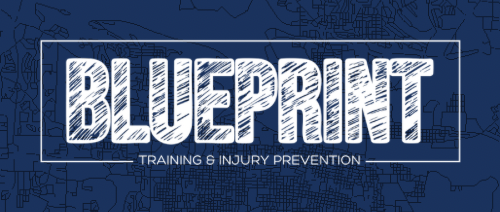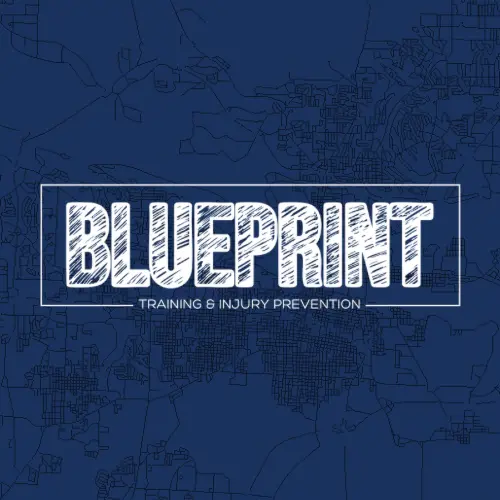This success story comes from a new personal training client who has only been reassed one time so far (2 months of working together).
They were physically active prior to covid, but newer to resistance training sessions. Right away we were on the same page to start slow by building a very strong foundation prior to focusing on fitness goals. They fully committed to the small details and taking short steps in the beginning.
We just now are ready to start transitioning out of what I consider the foundational phase. These are now when changes and fitness goals are suppose to actual start happening. But from this client’s commitment and focus as you can read they already started having progress.
Now that we have all their new measurements after our first reassessment I am really excited to see how his body responds to workouts geared to making physical changes to his body. Our first goal was simply preparing his body to train, relieve any imbalance pain, and improve posture. Now it is time for us to get to work on his next goals!

